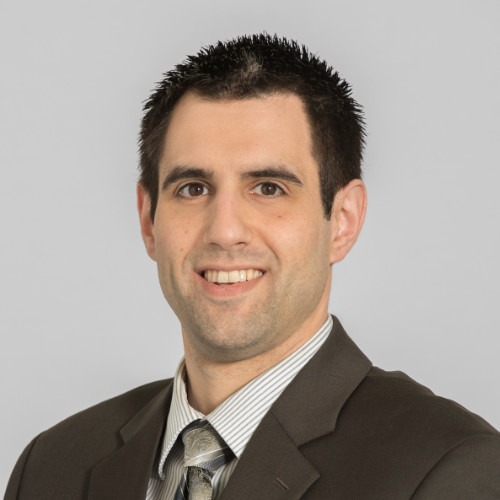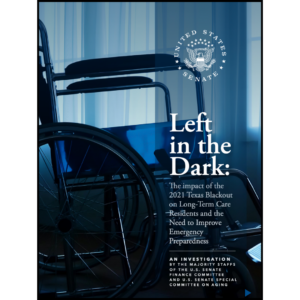Meth lab fire in Ohio nursing home spotlights bizarre tactics of producing drug
A recent fire at a Northeast Ohio nursing home that left one man dead and was caused by a methamphetamine lab is raising questions as to how pervasive the drug’s unsafe production tactics have become in the United States.
The meth lab at Park Haven Home in Ashtabula, Ohio, had been set up in a resident’s room, although it was reportedly not yet being used as a makeshift lab but a room housing the materials needed to make meth.
Shaun Warrens, 31, of Ashtabula, died in the fire Monday, but was neither a resident nor employee of Park Haven Home. Another non-resident and three residents were hospitalized after the fire. The Associated Press reports that police believe two visitors and one resident knew about the lab and are expected to charge two of the men who were burned.
Tess Pollock, a spokeswoman for the Ohio Department of Health, told Long-Term Living she has not heard of a meth lab being set up in any kind of health facility in her two years of taking media calls for the state agency.
But national safety and security experts say the lab’s presence in a nursing home is part of a larger trend involving the bizarre lengths meth addicts and dealers are willing to go for their drug. The DEA reported more than 10,000 clandestine meth lab incidents in the United States during 2011.
“It’s outrageous to see it happening inside of a facility, but not completely unexpected,” says Stan Szpytek, president of consulting firm Fire and Life Safety, Inc.
Szpytek, a former deputy fire chief and a contributing author to Long-Term Living, says the location for a meth lab is chosen based on the potential for discretion. While these locations can be anything from a hotel room to a parked car in an abandoned lot, health facilities can now be counted among their ilk.
Park Haven Home’s management has not responded to media calls, and questions persist as to whether or not administration was aware of the meth lab being set up. The nursing home, which has a one-star rating under Nursing Home Compare, was cited last year for serious violations including inadequate care and failure to investigate how a resident was injured. Inspectors had also previously found that the building did not have a written emergency evacuation plan.
Szpytek cautions providers to not view the Park Haven Home incident as an “anomaly,” but instead as an opportunity to reevaluate their vulnerability to all types of hazards, including criminal activity, by conducting Hazard Vulnerability Assessments (HVAs).
HVA tools consist of spreadsheets to score a facility on probability for crime and preparedness and provide a “realistic view” of potential risk, he says.
“Say the socio-economic culture is starting to change, there’s more drugs [in a municipality], you’d at least put it on your radar screen that this type of activity is possible,” Szpytek says. “So it’s just a matter of long-term care facilities becoming more sophisticated, not just focusing on the common threats and perils—fires, floods, tornadoes—you’ve got to take that ‘all hazards’ approach.”
Jeff Chester, vice president of Advance Catastrophe Technologies, which deals with crime scene cleanup and also serves senior living facilities, says he has never heard of a meth lab in healthcare, but agrees with Szpytek’s call to action on provider preparedness.
“We have an epidemic when it comes to meth labs,” he says. “The criminal mind is very unpredictable and usually desperate to find new areas so that they won’t be caught.”
Chester says that cleanup of a meth lab can shutdown a quarantined area for up to two days, even if a fire had not occurred. “From a liability standpoint, the senior living operator would want to make sure that the place is safe for their staff and residents in and around the affected room or rooms,” he says.
After the volatile liquids and chemicals are contained by the cleanup service, contaminated “soft goods,” such as absorbent hydroscopic materials and cloths, are disposed. Hard surfaces would then be cleaned.
Chester also advises that the cleanup service should hire a third-party expert in environmental consultation to check the cleaning job, which “covers our liability as well as the operator's,” he says.
Szpytek recommends senior living providers download HVA tools from the California Association of Health Facilities here.

Kevin Kolus wrote for I Advance Senior Care / Long-Term Living when he was an editor. He left the brand in 2012. He is now senior communications manager at Cleveland Clinic.
Related Articles
Topics: Articles , Disaster Preparedness , Facility management , Risk Management











